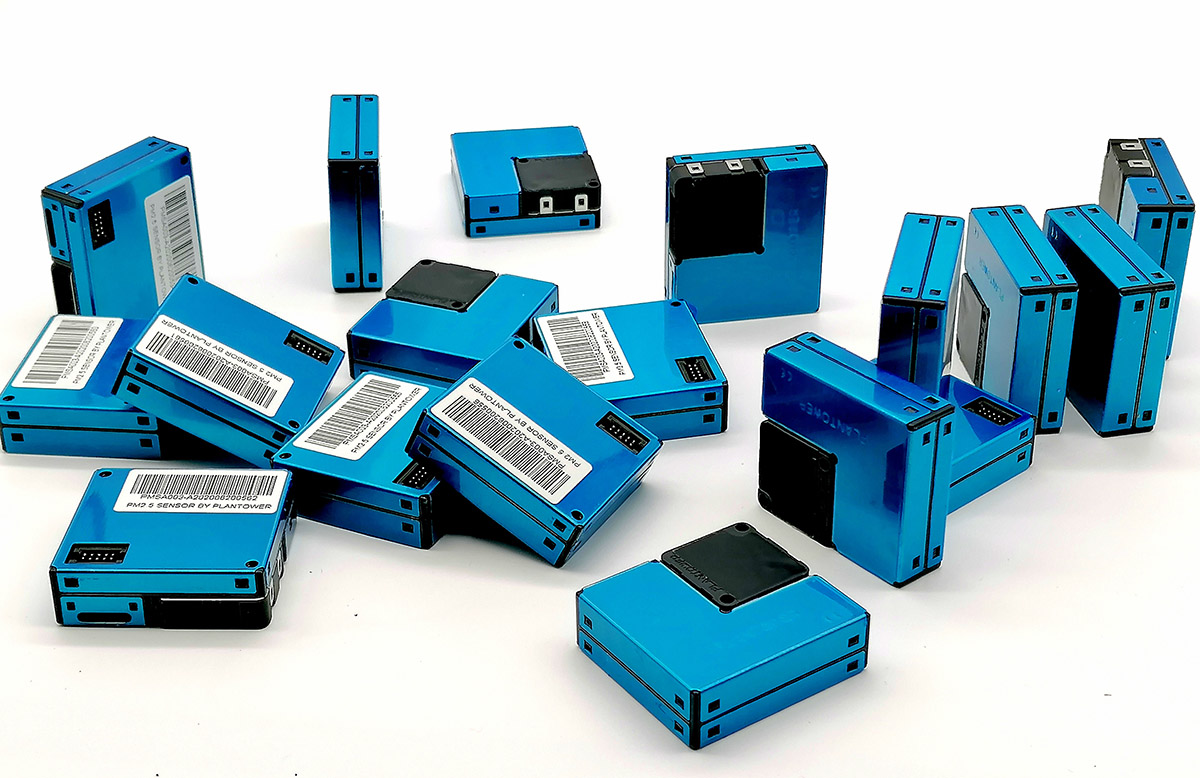
The PMSA003 is one of the smallest laser scattering particulate matter sensors available on the market today. The manufacturer, Plantower, has built a reputation with their robust sensors widely used in applications worldwide. Various labs tested their performance against reference stations and came to positive conclusions in regards to the accuracy of these sensors.

Some of the uRADMonitor devices also use Plantower sensors, mainly for their compact size: the “uRADMonitor AIR“, our pollution tracking wearable uses the small PMSA003 while the “uRADMonitor SMOGGIE” is probably the smallest air quality monitor in only 30x30x20 mm (1.18″ x 1.18″ x 0.78″).
Small size and great performance opens new exciting applications at lower costs: joggers can wear a “uRADMonitor AIR” to track pollution in real time or they can be mounted on electric scooters:

This leads to huge amounts of environmental data being generated right were it matters most: in our cities and with street level accuracy.

The compact size of the PMSA003 comes with a few downsides: the sensor is more prone to external light interference, dust accumulation can happen faster and the small fan has a shorter lifespan. The manufacturer designed an idle mode option where the fan can be stopped to save power and increase lifespan by operating the sensor on a subunit duty cycle basis. This however seems to generate other issues. Apparently a PMSA003 used in intermittent mode would generate higher readings:

And here is the raw sensor output, the first set with interrupted fan mode (lower values) and the second set with fan running in continuous mode (correct values) :

It appears the sensors needs 2-3 minutes to reach the correct output, probably the fan needs to clean all sensor space and get a proper air flow going.
Despite such limitations, the small size remains a powerful feature of these sensors allowing particulate matter measurements in places unattainable before.
codemore code
~~~~